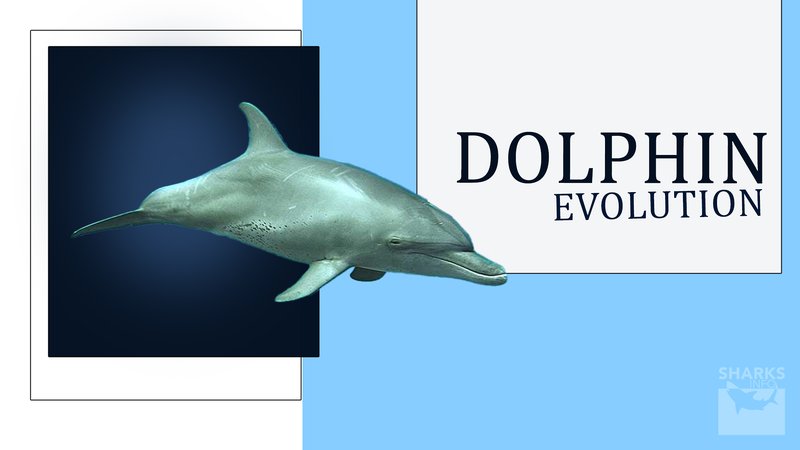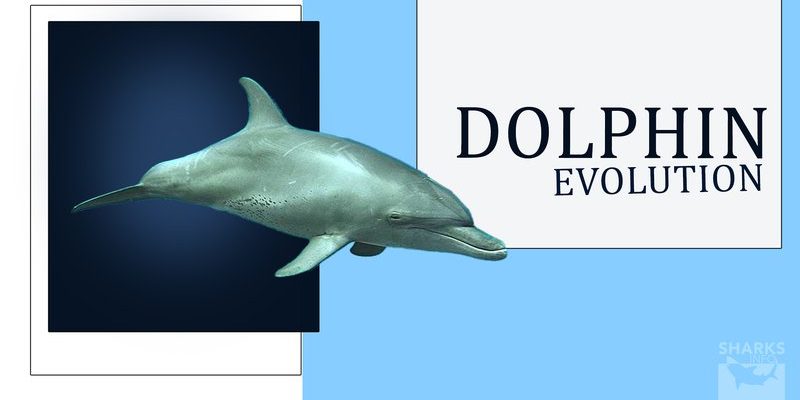
Now, dolphins are part of a larger family of animals known as cetaceans, which includes whales and porpoises. It’s fascinating to think that today’s charming dolphins have a lineage that connects them to land-dwelling creatures. So, grab a coffee and let’s dive into the fascinating journey of the dolphin—learning about their ancestors, adaptations, and why they play such a vital role in our oceans.
The Ancestral Roots of Dolphins
To grasp how dolphins came to be, we have to start with their ancestors, which were actually terrestrial mammals. A few tens of millions of years ago, during the Eocene epoch, some land mammals ventured into the water. The key players in this evolutionary story are the artiodactyls, or even-toed ungulates. Yes, that includes animals like cows and hippos! This connection is crucial because hippos are the closest living relatives to dolphins today.
During this period, these land creatures began to explore the advantages of life in water—like abundant food sources and fewer predators. Over time, these ancestral mammals developed features that facilitated their new aquatic lifestyle. They started to lose their limbs, which eventually morphed into flippers. Imagine a creature that slowly transformed, leaving behind its land legs for streamlined fins to navigate the ocean.
Adaptive Changes Through Time
As time went on, dolphins and their ancestors went through significant adaptations to thrive in marine environments. One of the most notable changes was the transition from breathing through the mouth to using their nostrils, which evolved into the blowhole on top of their heads. This adaptation allows them to surface and inhale without fully exposing their bodies to potential dangers.
Another fascinating change is how their bodies evolved to be more hydrodynamic. Dolphins developed sleeker shapes, reducing drag while swimming. Their layers of blubber provide insulation as well as energy reserves. Plus, their skin has a unique texture, known as “skin ridges,” that helps with speed and maneuverability. Picture dolphins as nature’s superheroes, equipped with special features that help them glide effortlessly through water.
Communication and Social Structures
Dolphins are known for their incredible intelligence, which plays a huge role in their social lives. They often live in groups called pods, which can range from just a few to dozens of individuals. These pods have complex social structures and allow dolphins to develop relationships and cooperation skills. You might be wondering how they communicate: they use a mix of clicks, whistles, and body language to express themselves.
Interestingly, researchers have indicated that dolphins might even have their own names—specific whistles that identify individual dolphins within their pods. This level of communication is rare in the animal kingdom and underscores their social nature. Imagine a family reunion, where everyone is not just getting along but also has their unique way of saying, “Hey, I’m here!”
Dolphins in Modern Ecosystems
In today’s oceans, dolphins play a critical role as both predators and prey. They help maintain balance within marine ecosystems by controlling the population of fish and other small marine life. Without dolphins, there could be an overabundance of certain fish species, leading to adverse effects on marine biodiversity.
However, dolphins face many modern threats, from pollution to habitat loss and fishing nets. Many species are classified as endangered, which brings us to the important role of conservation efforts. Protecting marine environments is vital for the survival of dolphins and many other species. Think of it as maintaining a delicate balance; if one part of the ecosystem falters, the whole system is affected.
The evolutionary journey of the dolphin is nothing short of incredible. From their land-dwelling ancestors to the agile swimmers we see today, they’ve adapted in amazing ways to thrive in the ocean. Their intelligence, social structures, and ecological importance highlight just how special these creatures are.
As we explore their world, it’s essential to remember our role in protecting their habitats and ensuring their survival for future generations. So, the next time you encounter a dolphin, whether in the wild or an aquarium, take a moment to appreciate their long journey and the rich history that has shaped them into the remarkable animals they are today.

